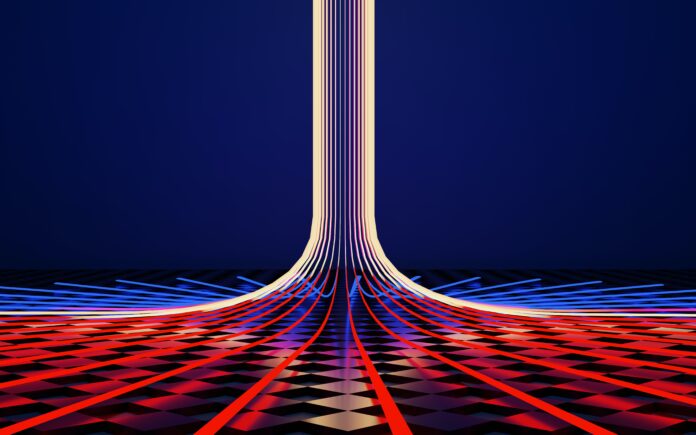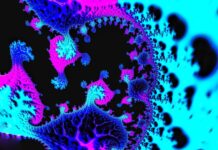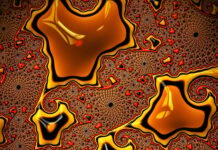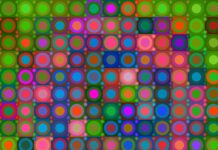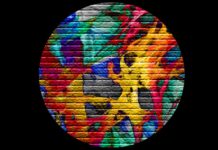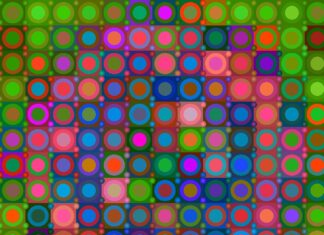Detectron 2 is a powerful and widely used computer vision library developed by Facebook AI Research (FAIR). With its cutting-edge features and capabilities, Detectron 2 has become a leading framework for object detection, instance segmentation, and other visual recognition tasks. As an extension of the original Detectron framework, Detectron 2 builds upon the strengths of its predecessor while introducing significant improvements in terms of flexibility, efficiency, and ease of use. This robust library has gained popularity among researchers and developers in the computer vision community, providing state-of-the-art performance for a wide range of applications.
Detectron 2 has proven to be a game-changer in the field of computer vision due to its modular and extensible architecture. The library is implemented in PyTorch, a popular deep learning framework, which allows for seamless integration with other PyTorch-based models and tools. The architecture is designed to be flexible, enabling users to easily customize and extend different components of the framework to suit their specific needs. Detectron 2 comes equipped with pre-trained models and datasets, making it a convenient choice for both beginners and experienced practitioners.
One of the key strengths of Detectron 2 is its support for various advanced visual recognition tasks. Object detection, a fundamental problem in computer vision, is exceptionally well-supported in the framework. Detectron 2 offers a wide range of state-of-the-art object detection models, including Faster R-CNN, RetinaNet, and more. These models utilize powerful backbone architectures like ResNet and ResNeXt, allowing for impressive accuracy and efficiency in detecting and localizing objects within images.
Additionally, Detectron 2 excels in instance segmentation, a task that involves both object detection and pixel-level segmentation. The framework offers top-notch models such as Mask R-CNN, which extends object detection models to predict masks for each instance, enabling precise segmentation at the pixel level. Instance segmentation is crucial in various applications, such as autonomous driving, medical imaging, and robotics, and Detectron 2’s performance in this area showcases its versatility and adaptability.
With the ever-increasing popularity of transfer learning, Detectron 2 has been designed with pre-trained models that can be easily fine-tuned on custom datasets. This transfer learning capability is invaluable, especially for those working with limited labeled data, as it allows models to be adapted to specific tasks with minimal effort. Moreover, the library supports multi-GPU training, which significantly accelerates the training process, enabling users to process large datasets and complex models efficiently.
Detectron 2’s implementation is highly optimized to ensure it can be employed on a variety of hardware configurations. The framework takes advantage of mixed-precision training and automatic memory optimization techniques to make the most of the available hardware resources, delivering faster training times and reducing memory usage. Such optimizations are essential for running resource-intensive computer vision tasks on limited hardware.
Another standout feature of Detectron 2 is its support for distributed training. The library supports distributed data parallelism, which enables the training process to be spread across multiple GPUs or even multiple machines, making it scalable for larger projects. This distributed training capability further enhances the efficiency of Detectron 2, making it an excellent choice for tackling real-world, high-complexity visual recognition problems.
Detectron 2 also offers a user-friendly interface through Python, allowing researchers and developers to interact with the framework seamlessly. The framework provides extensive documentation, including detailed tutorials and examples, making it accessible to users of varying expertise levels. This emphasis on user-friendliness has contributed to the widespread adoption of Detectron 2 in the computer vision community.
Detectron 2 is a state-of-the-art computer vision library developed by Facebook AI Research. Its modular and extensible architecture, combined with its support for various visual recognition tasks, sets it apart as a leading framework in the field. From object detection to instance segmentation and beyond, Detectron 2’s performance and flexibility have made it a popular choice among researchers and developers. Its user-friendly interface, optimized implementation, and support for distributed training further contribute to its appeal. With Detectron 2, the future of computer vision continues to be paved with innovation and advancements, empowering a new generation of AI applications across diverse industries.
Detectron 2 has garnered widespread recognition not only for its impressive performance but also for its active development community and continuous updates. As an open-source project, the library benefits from contributions from researchers and developers worldwide, leading to constant improvements and bug fixes. The community-driven nature of Detectron 2 fosters collaboration and knowledge sharing, making it a dynamic and thriving platform for cutting-edge research in computer vision.
One of the key aspects that make Detectron 2 stand out is its versatility and adaptability to various research and real-world scenarios. The modular design of the framework allows users to swap components and experiment with different model architectures easily. Researchers can integrate their custom models and loss functions, enabling them to push the boundaries of what is possible in the domain of visual recognition. This flexibility is instrumental in exploring new algorithms and techniques, ultimately driving progress in computer vision research.
Detectron 2 is also notable for its focus on reproducibility and benchmarking. FAIR maintains a Model Zoo, which contains pre-trained models with reported performance on popular benchmark datasets. This ensures that results can be easily compared and reproduced across different experiments. The Model Zoo acts as a valuable resource for researchers, helping them gauge the effectiveness of their models against state-of-the-art solutions.
Moreover, Detectron 2’s commitment to keeping up with the latest advancements in computer vision research makes it a future-proof choice for developers. The framework has been designed to accommodate emerging techniques and models, allowing users to seamlessly adopt the latest breakthroughs in the field. As computer vision continues to evolve rapidly, this adaptability becomes increasingly crucial for staying at the forefront of the research community.
Detectron 2’s influence extends beyond the research realm, as it has found extensive applications in industry and real-world use cases. From object detection in security surveillance to instance segmentation in medical imaging, the framework’s capabilities are leveraged in diverse domains to build innovative and practical solutions. The reliability, accuracy, and speed of Detectron 2 make it a trusted tool for developing cutting-edge AI applications that can make a tangible impact on society.
As with any sophisticated library, there are challenges associated with utilizing Detectron 2 effectively. Fine-tuning complex models may require considerable computational resources and expertise. Additionally, understanding and navigating the extensive configuration options may initially pose a learning curve for newcomers to the framework. However, the extensive documentation and the active community support significantly alleviate these challenges, making Detectron 2 a viable choice for both experienced researchers and those new to computer vision.
In conclusion, Detectron 2 is a dominant force in the field of computer vision, delivering state-of-the-art performance, flexibility, and efficiency to researchers and developers alike. With its focus on modularity, transfer learning, and distributed training, the framework empowers users to tackle a wide array of visual recognition tasks effectively. As the computer vision landscape continues to evolve, Detectron 2’s commitment to staying at the forefront of research and its emphasis on user-friendliness ensure that it will remain a relevant and essential tool for advancing the frontiers of AI-powered vision applications. From academia to industry, Detectron 2 continues to make significant contributions to the ever-expanding world of computer vision and artificial intelligence.



